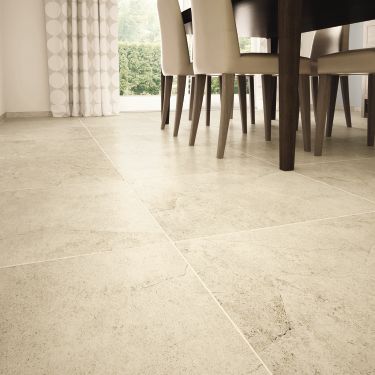Introduction: Tackling Tile Removal with Confidence
Removing tiles from your floor can be a daunting task, but with the right tools, techniques, and a bit of know-how, it’s a DIY project that you can tackle successfully. Whether you’re renovating your home or simply updating the flooring, this comprehensive guide will walk you through each step of the tile removal process, making it manageable and achievable.
Assessing the Situation: Preparing for Tile Removal
Before diving into tile removal, it’s crucial to assess the situation and prepare accordingly. This step involves evaluating the type of tiles you have, the condition of the subfloor, and any potential hazards or challenges you may encounter during the removal process.
Gathering Your Tools and Materials
To ensure a smooth tile removal process, gather all the necessary tools and materials beforehand. Having everything you need on hand will streamline the project and prevent unnecessary delays or interruptions as you work through each stage of the removal.
Protecting Yourself and Your Space
Safety should always be a top priority when undertaking any DIY project, especially one that involves tile removal. Before getting started, take the necessary precautions to protect yourself and your space from potential hazards such as dust, sharp edges, and flying debris.
Removing the Grout
The first step in tile removal is to remove the grout surrounding the tiles. This process involves using a grout saw or a rotary tool with a grout removal attachment to carefully cut through the grout lines, loosening the tiles and preparing them for removal.
Loosening the Tiles
Once the grout has been removed, it’s time to loosen the tiles from the subfloor. Depending on the type of adhesive used during installation, this step may require different techniques, such as prying the tiles up with a pry bar or using a hammer and chisel to break them free.
Removing the Tiles
With the tiles loosened from the subfloor, carefully lift them away, working gradually to avoid damaging the surrounding tiles or the subfloor underneath. Be sure to use caution and wear protective gloves to prevent cuts or injuries while handling the broken tiles.

Cleaning Up the Debris
After all the tiles have been removed, take the time to clean up the debris and prepare the space for the next steps in your flooring project. This involves sweeping or vacuuming up any remaining tile fragments, dust, and grout residue to ensure a clean and smooth surface for the next phase of the renovation.
Addressing the Subfloor
Once the tiles are removed, it’s essential to assess the condition of the subfloor and make any necessary repairs or preparations before installing new flooring. This may involve filling in any holes or cracks, leveling uneven surfaces, or applying a primer to enhance adhesion for the new flooring materials.
Dealing with Stubborn Adhesive Residue
After removing the tiles, you may encounter stubborn adhesive residue left behind on the subfloor. This residue can be challenging to remove but is essential to ensure a smooth and even surface for your new flooring. There are several methods you can use to tackle this task:
- Chemical Adhesive Removers: Apply a commercial adhesive remover to the residue according to the manufacturer’s instructions. Allow the remover to penetrate the adhesive for the recommended amount of time, then scrape away the softened residue with a putty knife or scraper.
- Heat Gun or Hair Dryer: Heat can help soften adhesive, making it easier to remove. Use a heat gun or hair dryer to apply heat to the residue, being careful not to overheat the area. Once the adhesive softens, scrape it away with a putty knife or scraper.
- Scraping and Sanding: For particularly stubborn adhesive residue, you may need to resort to manual scraping or sanding. Use a heavy-duty scraper or sandpaper to carefully remove the residue, taking care not to damage the subfloor underneath.
- Solvents: Some solvents, such as mineral spirits or acetone, can also help dissolve adhesive residue. Apply the solvent to the residue and allow it to soak in for a few minutes before attempting to scrape or wipe it away.
Conclusion: Celebrating Your DIY Success
Removing tiles from your floor may seem like a challenging task, but with the right approach and preparation, it’s a project that you can tackle with confidence. By following these easy steps and taking the time to prepare properly, you can achieve professional-quality results and enjoy the satisfaction of completing a successful DIY renovation project in your home.

